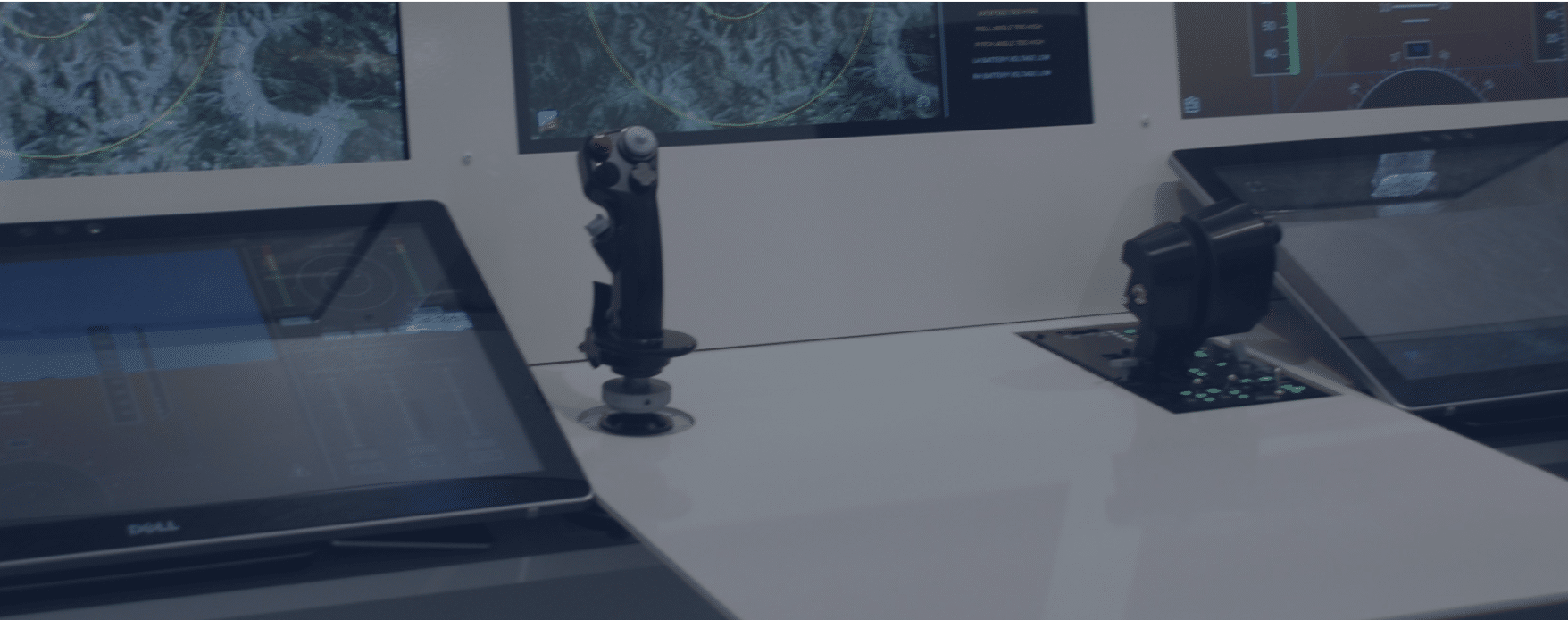The European Commission awarded to a European consortium with Sol.One as one of the participating companies, a contract to develop an integrated Modular Unmanned Ground System (iMUGS). The total budget of the project is € 32.6 million.
The objective of iMUGS is to build and demonstrate a system of unmanned ground and airborne vehicles that can perform a variety of surveillance and rescue tasks.
The project strengthens the capabilities and independence of European defense.
Unmanned vehicles are controlled from a ground station. As iMUGS will need to control different vehicles simultaneously both in the air and on the ground, the challenge is to develop a ground station that can combine the visualization of all vehicles, but also meets the airworthiness certification requirements needed to control aircraft.
“Sol.One is the perfect partner in this key European defense project,” explains Filip Verhaeghe, CEO of Sol.One. “Thanks to our experience in aerospace, in existing aircraft ground stations and in certification in particular, we are well placed to develop a ground control station allowing one operator to control a large fleet of unmanned systems, both airborne and ground vehicles.”
Sol.One is known today for its patented Sol platform that automates airworthiness certification for avionics, including its software. Sol.One’s products (both software and pre-certified hardware) are operational today amongst others in ground stations of large unmanned aerial vehicles, as well as onboard aircraft.
As a result of iMUGS, Sol.One will be capable to offer a fully certified ground control solution including a mobile vehicle installable integrated ground system console, communicating with a fleet of vehicles.
Civil applications include controlling fleets of certified aircraft performing complex logistic operations, using an optionally distributed control system.
